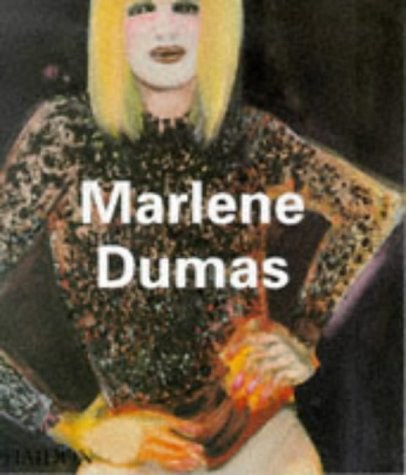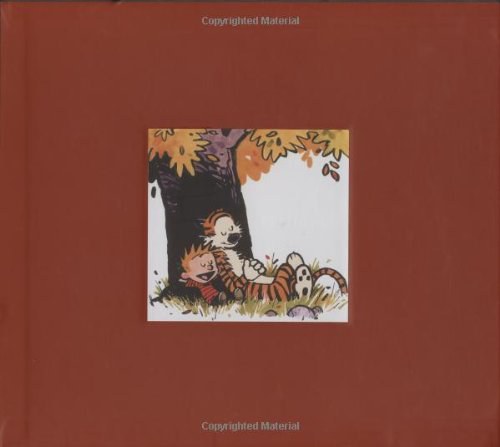
Gertrud Koch《Siegfried Kracauer》
书刊介绍
Siegfried Kracauer has been misunderstood as a naïve realist, appreciated as an astute critic of early German film, and noticed as the interesting exile who exchanged letters with Erwin Panofsky. But he is most widely thought of as the odd uncle of famed Frankfurt School critical theorists Jürgen Habermas, Theodor Adorno, Walter Benjamin, and Max Horkheimer. Recently, however, scholars have rediscovered in Kracauer's writings a philosopher, sociologist, and film theorist important beyond his associations--and perhaps one of the most significant cultural critics of the twentieth century. Gertrud Koch advances this Kracauer renaissance with the first-ever critical assessment of his entire body of work.
Koch's analysis, which is concise without sacrificing thoroughness or sophistication, covers both Kracauer's best-known publications (e.g., From Caligari to Hitler, in which he gleans the roots of National Socialism in the films of the Weimar Republic) and previously underexamined texts, including two newly discovered autobiographical novels. Because Kracauer's wide-ranging works emerge from no rigidly unified approach, instead always remaining open to unusual and highly individual perspectives, Koch resists the temptation to force generalization. She does, however, identify recurring tropes in Kracauer's lifetime effort to perceive the basic posture and composition of particular cultures through their visual surfaces. Koch also finds in Kracauer a surprisingly contemporary cultural commentator, whose ideas speak directly to current discussions on film, urban modernity, feminism, cultural representation, violence, and other themes.
This book was long-awaited in Germany, as well as widely and well reviewed. Now translated into English for the first time, it will fuel already growing interest in the United States, where Kracauer lived and wrote from 1941 until his death in 1966. It will attract the attention of students and scholars working in Film Studies, German Studies, Comparative Literature, Critical Theory, Cultural Studies, Philosophy, and History.
作品目录
Preface vii
Time Line of Kracauer's Life ix
CHAPTER 1 The Early Days: A Biographical Sketch 3
CHAPTER 2 The Early Phenomenology of Modernity and Mass Culture:
Of Hotel Lobbies and Detective Novels 11
CHAPTER 3 Surface and Self-Representation: "The Mass Ornament" and Die Angestellten 26
CHAPTER 4 Autobiography and Social Biography: Ginster, Georg, and Offenbach 48
CHAPTER 5 Continuity and Mentality: "From Caligari to Hitler" 75
CHAPTER 6 Space, Time, and Apparatus: The Optical Medium "Theory of Film" 95
CHAPTER 7 At the End: A Philosophy of History and Historiography 114
Notes 121
Bibliography 131
Index 133
相关推荐
-
![[德] 魏格豪斯《法兰克福学派》](http://oss.shudanhao.com/caiji/chazidian/2023/40433.jpg)
[德] 魏格豪斯《法兰克福学派》
《法兰克福学派:历史、理论及政治影响(套装共2册)》是德语世界中迄今为止最好的一部关于法兰克福学派的研究著作!《法兰克福学派
-

互联网(移动互联网)商业模式研究
《互联网(移动互联网)商业模式研究》内容简介:本书分十六章,内容包括:移动互联网(互联网)的商业模式、移动互联网思维简述、
-
![[德] 瓦尔特·本雅明《机械复制时代的艺术作品》](http://oss.shudanhao.com/caiji/chazidian/2023/40531.jpg)
[德] 瓦尔特·本雅明《机械复制时代的艺术作品》
本雅明在《机械复制时代的艺术作品》一书中主要论述了机械复制技术的发展给艺术领域带来的一系列变革。它把艺术人从一向被人们所
-

马克·鲍尔莱因《最愚蠢的一代》
《最愚蠢的一代》美国大学教授的鲍尔莱恩认为,数码时代正在使美国的年轻一代成为知识最贫乏的一代人。美国的青少年和年轻人正在
-

放牧人生:湖区故事
《放牧人生:湖区故事》内容简介:这是一本牧羊人的生活回忆。有些人的生活完全由自己创建,詹姆斯·里班克斯不是。他是牧羊人的长
-

科学的意义
《科学的意义》内容简介:科学的帝国可以扩张多远? 我们真的能通过科学彻底认识这个世界吗? 什么是科学的意义?我们可以在多大程
-

50堂经典哲学思维课
在飞速运转的当代生活中,我们常常陷入无意义的漩涡。在信息爆炸的流量王国里,我们总被眼花缭乱的动态迷惑。但是,会思考的人往往能辨清身处的环境,掌握应对挑战的能力,...
-
![[英] 迈克·费瑟斯通《消费文化与后现代主义》](http://oss.shudanhao.com/caiji/chazidian/2023/38865.jpg)
[英] 迈克·费瑟斯通《消费文化与后现代主义》
简介:所有的读者都会从这本书中受益。——齐格蒙·鲍曼前言我最早对消费文化发生兴趣是在七十年代后期。那时,法兰克福学派及其
-
![[英] 罗素《中国问题》](http://oss.shudanhao.com/caiji/chazidian/2023/38554.jpg)
[英] 罗素《中国问题》
《中国问题》主要是写给西方读者看的。然而,罗素却是立足于中国的立场谈中国的现实政治:关注中国军阀纷争的政治格局,剖析中国
-

社会科学哲学
译者:杨富斌 编者:(美国)斯蒂芬·P·特纳 (Stephen P.Turner) (美国)保罗·A·罗思 (Paul A.Roth) 丛书主编:(美国)斯蒂文...
-

安东尼·阿特金森《不平等,我们能做什么》
本书作者安东尼·阿特金森是当今收入不平等领域的领袖级人物,全球收入不平等已经是广为人知的事实,而本书的重点在于提出缩小收
-

鲁山人陶说
《鲁山人陶说》内容简介:本书是日本国宝级艺术大师北大路鲁山人谈陶器的随笔集。鲁山人是家喻户晓的美食家,为制作配得上自己美食
-

图书馆史话
《图书馆史话》内容简介:中国文献收藏的历史源远流长,但现代图书馆的源头却来自西方。中国现代图书馆之始,起自1898年的“戊戌维
-
![[匈牙利] 卡尔·波兰尼《大转型》](http://oss.shudanhao.com/caiji/chazidian/2023/38955.jpg)
[匈牙利] 卡尔·波兰尼《大转型》
“存在着两种相互敌对的关于市场体系的分析:卡尔·波兰尼在《大转型》中所提出来的和弗里德里希·A·哈耶克在《通往奴役之路》中
-

无穷的开始
《无穷的开始》内容简介:本书是一次大胆的、包罗万象的智力探险。戴维·多伊奇是《真实世界的脉络》一书广受好评的作者,他探索那
-

辛弃疾词选
《辛弃疾词选》内容简介:本书选词精当,充分体现了辛弃疾不同时期的创作风格,对读者全面了解辛弃疾的诗风及当时社会风貌具有一定
-

哲学论稿
作品目录一、前瞻二、回响三、传送四、跳跃五、建基六、将-来者七、最后之神八、存有编者后记附录一附录二译后记· · · · ·
-
![[日] 本田直之《少即是多:北欧自由生活意见》](http://oss.shudanhao.com/caiji/chazidian/2023/20306.jpg)
[日] 本田直之《少即是多:北欧自由生活意见》
《少即是多:北欧自由生活意见》针对当前经济低增长时代的新情况,提出了一种理想的生活方式和全新幸福观,即“少即是多”——“
-

《女权主义理论读本》书籍《女权主义理论读本》
本书是西方女权主义理论的论文集.这些精选出来的论文从不同的哲学观和不同的学科视角展现了西方女权主义理论的最新思潮,涉及社
-

布迪厄《实践感》
简介:《实践感》是布迪厄的最重要著作。通过对卡比利亚(阿尔及利亚)柏柏尔人社会的观察和研究,作者反思自身的社会学实践,揭示并





